If you want to enjoy a long and healthy life, you must take extra care of your body. After all, it is the vessel of your existence, and you only get one of it!
As part of a solid health routine, getting a complete medical examination done at least once every year is ideal. Your doctor will run a complete scan of your body to make sure that everything is operating as it should be.
However, a year is quite a long time, so it’s also beneficial to be mindful of your health in between each doctor’s appointment. Aside from eating healthy, exercising, and getting enough sleep, there are actually several tests that you can perform––on yourself. These tests will help you determine whether you are at risk for any serious illnesses or health concerns, well before your next appointment.
To help you stay in the know with your health, here are nine easy medical tests to help you check your health right now.
#10 – The Heart & Lung Disease Test
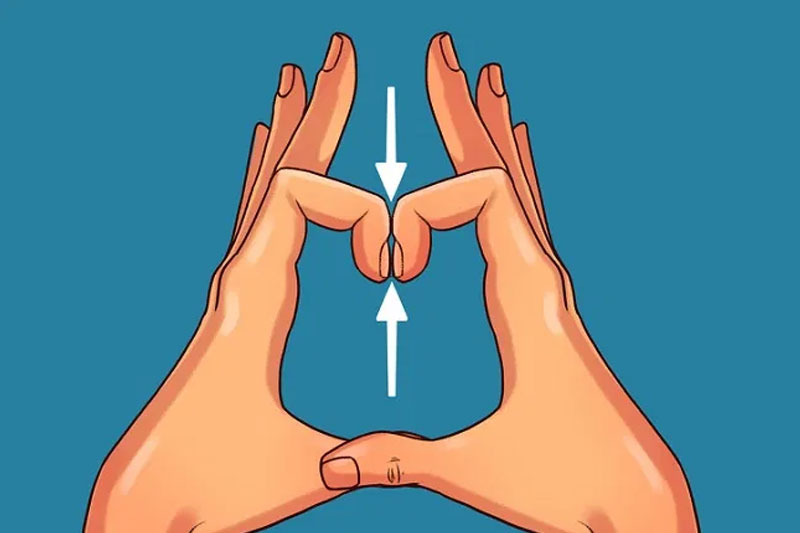
To perform this test, simply use your fingers to make the letter ‘J’ upside down, keeping both of your nails in contact with each other. If your fingers make the shape of a diamond, then it’s safe to say that your heart and lungs are in good health.
Indication of low oxygen in the blood
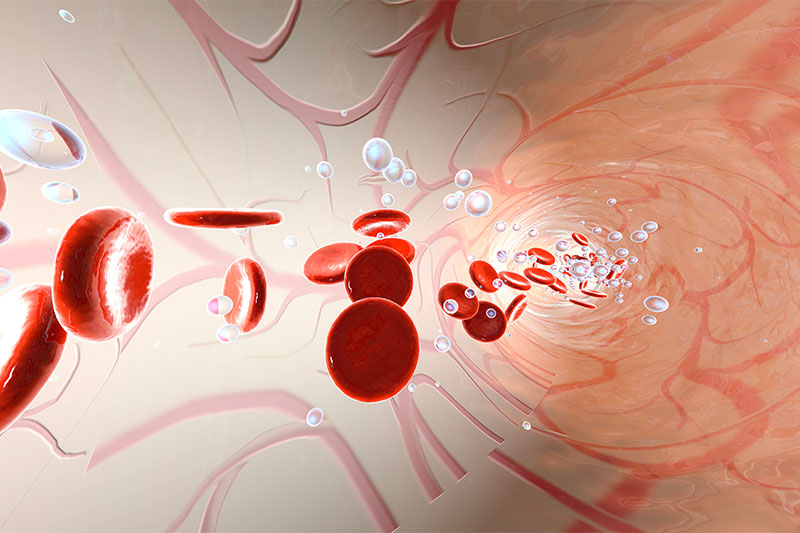
If they don’t make this shape, then it could be an indication of oxygen deficiency. This could be a result of cardiovascular diseases, lung issues, or gastrointestinal issues.
#9 – Stroke and dementia
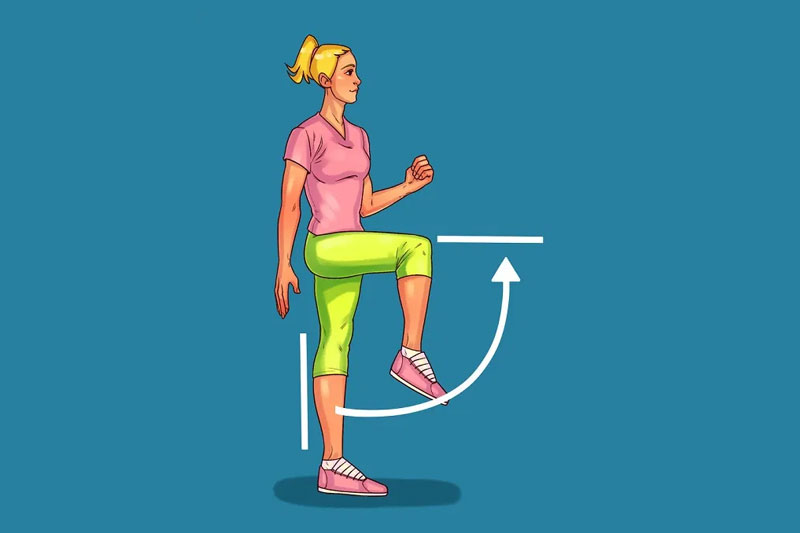
While this test is still fairly easy, it takes a bit more time to complete. Start by standing up straight. Then, lift up one leg until your hip is parallel to the floor. Try to stand like this comfortably for 20 minutes. Was it easy to balance? If balancing was particularly troublesome, it could be a sign that your brain vessels are doing something strange. Consult with your doctor just in case.
#8 – The Anemia Test

Anemia is a condition that results in fatigue, dizziness, a fast heartbeat, and even trouble with breathing. It’s caused by a lack of red blood cells in the bloodstream, which ultimately results in low oxygen supply to your organs.
Test for anemia by standing in front of the mirror and pressing on your lower eyelid to lower it down (revealing the inside of your lower eyelid. If it’s pink, you’re good to go. However, if it’s a very pale pink or yellow even, you may be anemic.
#7 – The HIV Test
HIV is nothing to ignore. It’s a silent killer, with many people never knowing they have it until it’s much too late. Thanks to health and technological advancements, you can now take an HIV test from the comfort of your home. Called the Home Access Express HIV-1 Test System, this at-home HIV test helps those who are a bit more shy to still perform the testing to be on the safe side.
#6 – The Hormonal Imbalance Test
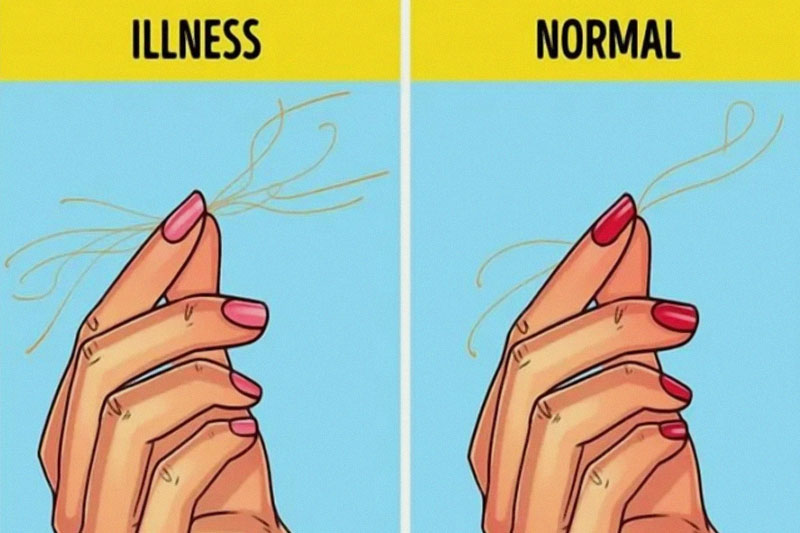
With your hair dry and clean, use a brush or your fingers to separate a small section of your hair and pull on it. You don’t have to pull on it too hard. If you find that only a few strands come loose, you’re healthy. However, if a lot of hair comes out, this could be a sign of either a hormonal imbalance or a micronutrient deficiency.
#5 – The Carpal Tunnel Test

Caused by a pinched nerve in the wrist, carpal tunnel syndrome results in tingling, numbness, and pain in the hand or the arm. It’s most common in office workers who spend a lot of time typing, which makes it a rather common health issue in today’s society.
To test, lift your hands up to bring your forearms parallel to your face. Then, lower your fingers until your fingertips touch the base of the palm. If it feels fine, your good to go. If you notice any numbness or discomfort, it may be a sign of carpal tunnel syndrome.
#4 – The Diabetes Test

Diabetes is a serious health concern that should absolutely be diagnosed by a doctor. However, you can still perform this easy test if you have any concerns. Just keep in mind that it is not a replacement for a doctor’s visit.
To test, get a pencil with an eraser and have a friend touch your food and toes with the sharp end of the pencil as well as with the eraser. If you feel a noticeable difference in the sharp end, you’re good to go. If you don’t feel a difference between the two, this may be a sign of nerve damage, a common symptom of diabetes.
#3 – The Arterial Problems Test
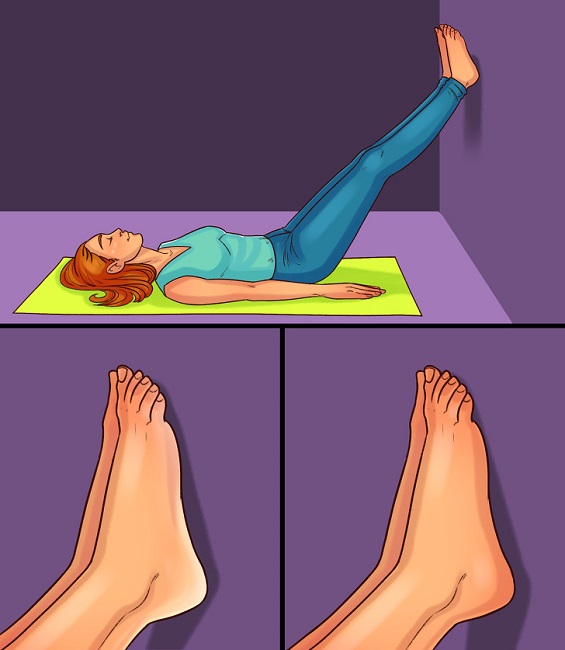
To perform this test, lay down on the floor and lift up your feet against a wall at a 45 degree. Keep them here for a few minutes. Then, take a look at your feed. Are they pale? Or do they still maintain their color? If they are indeed pale, this could be a sign of blood circulation concerns, such as peripheral artery disease.
#2 – The Hearing Test

Especially in today’s world, where headphones and car audio are always on full blast, hearing problems are a common thing. Therefore, it could be a great measure to test your hearing just to be on the safe side.
Start by positioning yourself in a quiet room. Then, bring your fingers close to your ear and rub them together. If you can hear this sound, great. Next, try doing the same thing, only this time having your fingers further away from your ear. If you can hear it still, then your hearing is good. Do the same for the other side as well.
#1 – The Self-Breast Test
Especially for women but also for men, this self-breast test is a great way to check for any bumps that have the potential to be cancerous. To begin, stand with your upper body unclothed and take a look at your breasts in the mirror. Scan for any signs of change, such as redness, scaliness, dimpling, etc. Also, check to see if there are any major differences between the two breasts.
From there, lie down comfortably. Raise your right arm above your head, and use the three middle fingers on your left hand to feel the entire surface of your right breast, beginning at one end and ending at the other. Do the same thing for your other breast. If you find any changes or lumps, it’s important to consult with your doctor.
The professional opinion of a doctor can never be compared to self-made tests. If you’re having trouble with any symptoms, you should visit a doctor.


